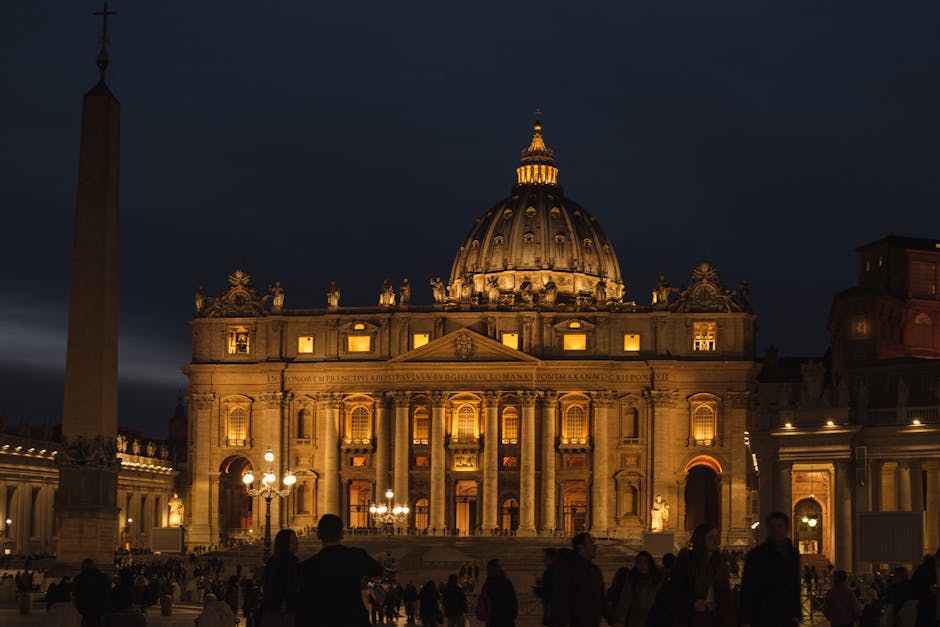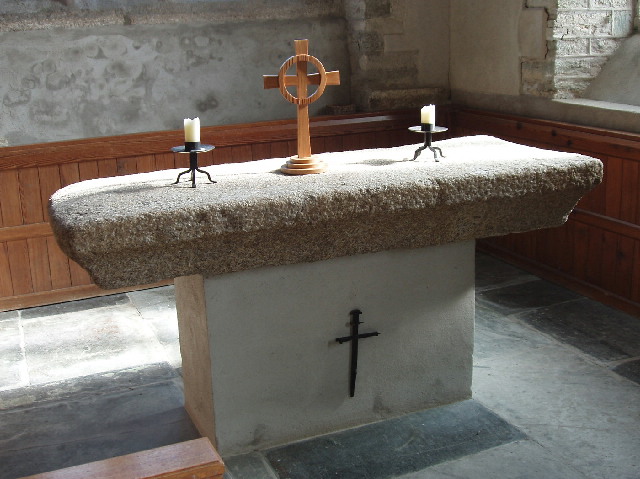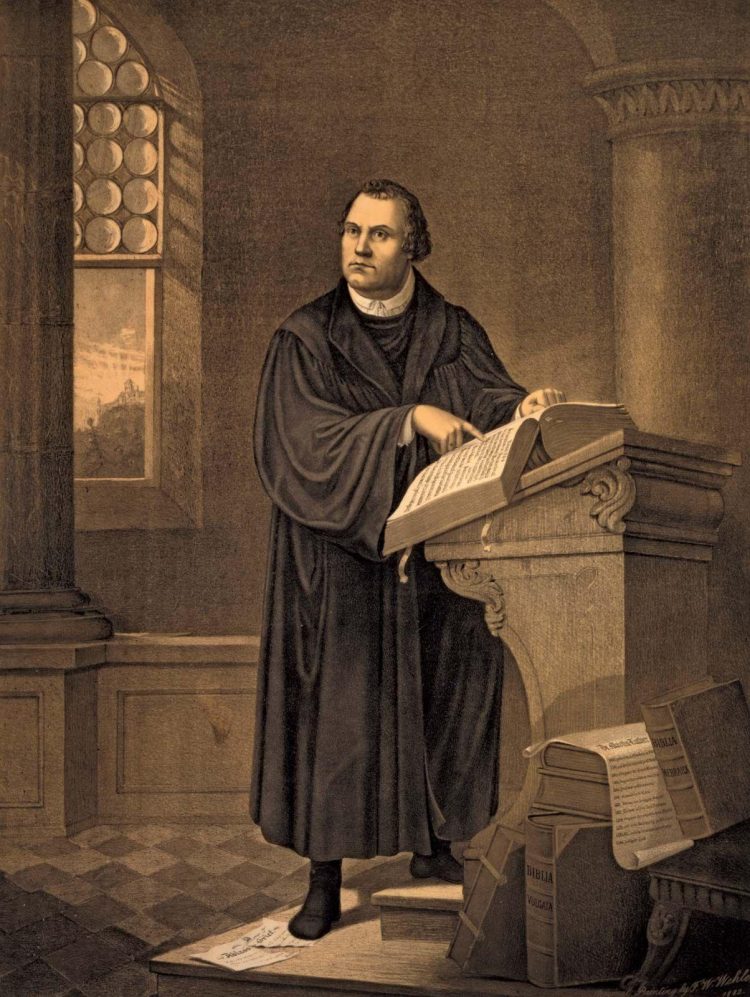In a world where indulgences were bought like Apple products on launch day, where monks rocked more bling than rappers, and where the Pope’s hand seemed to be in everyone’s pocket, a revolution was brewing. The Protestant Reformation: Triggers and Outcomes, where the printing press became mightier than the sword, where Martin Luther went from monk to maverick, and where the Catholic Church got a holy smackdown that still echoes through the centuries. So grab your popcorn, folks, because this historical drama is about to get lit!
Factors leading to the Protestant Reformation
There were several factors that led to the Protestant Reformation:
- Corrupt Popes: The popes during this time were more interested in power and wealth than in serving the Christian community. They were known for their extravagant lifestyles and scandalous behavior, which led many to question the legitimacy of the Catholic Church.
- Indulgences: The practice of selling indulgences was a major source of discontent among the masses. People were essentially buying forgiveness for their sins, which many saw as a form of corruption and exploitation by the Church.
- Political Climate: The political landscape in Europe was changing rapidly, with the rise of powerful monarchs who were looking to consolidate their power. These rulers saw the opportunity to challenge the authority of the Church and assert their own control over religion.
Additionally, the printing press played a significant role in spreading reformist ideas and challenging the status quo. With the ability to mass-produce books and pamphlets, writers like Martin Luther were able to reach a wider audience and influence public opinion against the Catholic Church.
In conclusion, a combination of corrupt leadership, controversial religious practices, political upheaval, and technological advancements all contributed to the Protestant Reformation. It was a perfect storm of factors that ultimately led to the division of Christianity and the birth of a new era in religious history.
Political climate in Europe during the 16th century
During the 16th century, Europe was a hot mess of political drama, power struggles, and backstabbing that could rival any reality TV show. Let’s break down some of the major players and events that defined the political climate of the time:
The Holy Roman Empire: Imagine a dysfunctional family reunion on steroids, and you’ll have a good idea of what the Holy Roman Empire was like in the 16th century. With a revolving door of emperors, constant power struggles between the Habsburgs and other noble families, and religious tensions simmering beneath the surface, it was like a never-ending soap opera.
The Protestant Reformation: Martin Luther may have just wanted to spark a theological debate, but he ended up setting off a political powder keg that rocked Europe to its core. With whole countries dividing along religious lines, bloody wars fought in the name of faith, and shifting alliances between Catholic and Protestant factions, it was like a high-stakes game of chess played with human lives.
Exploration and colonization: While the Old World was tearing itself apart, European powers were busy carving up the New World like a giant game of Risk. From the Spanish conquistadors in South America to the English settlers in North America, everyone wanted a piece of the pie – and they weren’t afraid to spill blood to get it.

Religious corruption within the Catholic Church
Have you ever wondered what really goes on behind the closed doors of the Catholic Church? Well, let me tell you, it’s not all sunshine and rainbows. There’s a little thing called religious corruption that’s been lurking in the shadows for centuries. And no, I’m not talking about the occasional naughty priest stealing from the collection plate (although that does happen too).
It’s more like a secret society of higher-ups who think they’re above the law because, you know, they’re doing God’s work and all. But let’s be real, corruption is corruption, whether you’re wearing a cassock or a three-piece suit. So, what exactly is going on in the hallowed halls of the Vatican?
**Here are a few juicy tidbits:**
- Pope trying to slide into the DMs of world leaders for political favors
- Bishops playing a round of “Holy Poker” with parishioners’ donations
- Missionaries running a black market for relics
And that’s just the tip of the iceberg. Who knew being a part of the clergy could be so scandalous? So next time you see those priests in their fancy robes, just remember, they might be up to some shady business behind that altar.

Influence of the printing press on spreading reform ideas
With the invention of the printing press, reform ideas were able to spread like wildfire throughout Europe. This revolutionary machine allowed for the quick and cheap production of books, pamphlets, and newspapers, making it easier than ever for reformers to get their message out to the masses.
One of the key ways in which the printing press influenced the spread of reform ideas was through the dissemination of Martin Luther’s 95 Theses. This document, which criticized the Catholic Church and called for reform, was quickly reproduced and distributed across Europe, sparking a wave of protest and dissent. Without the printing press, Luther’s ideas may have never gained the traction they did.
Another way in which the printing press helped spread reform ideas was by allowing for the translation of important works into the vernacular languages spoken by the common people. This meant that ordinary citizens could now access and understand complex theological and political ideas, empowering them to join the reform movement.
Overall, the cannot be overstated. This technological marvel not only democratized information but also played a crucial role in shaping the course of European history during this tumultuous period.

Key figures and movements of the Reformation
Lutheranism
Martin Luther, the father of the Protestant Reformation, was a key figure in challenging the Catholic Church’s teachings and practices. Known for his 95 Theses, Luther sparked a movement that would forever change the course of Christianity. Lutheranism emphasized the importance of faith over works and the Bible as the ultimate authority.
Calvinism
John Calvin was another influential figure during the Reformation, known for his emphasis on predestination and the sovereignty of God. Calvinism spread rapidly throughout Europe, with followers known for their strict adherence to Biblical teachings and moral codes. The Calvinist movement had a major impact on Protestantism as a whole.
Anabaptism
Anabaptists were a radical group that emerged during the Reformation, advocating for the separation of church and state and the baptism of adult believers. They faced persecution for their beliefs, but their influence can still be seen today in the emphasis on voluntary commitment to the Christian faith. Anabaptism was a truly revolutionary movement that sparked change within the Protestant world.
Overall, the were instrumental in challenging the authority of the Catholic Church and shaping the future of Christianity. From Lutheranism to Calvinism to Anabaptism, each group brought a unique perspective to the religious landscape of the time. Their impact can still be felt today in the diverse traditions within Protestantism.
The impact of the Protestant Reformation on European society
Let’s dive into how the Protestant Reformation shook things up in European society!
First off, we have the split in religious beliefs that occurred. With the rise of Protestantism, people were suddenly questioning the authority of the Catholic Church. This led to a bunch of new denominations popping up like mushrooms after a rainy day. From Lutherans to Calvinists to Anglicans, there was something for everyone!
Next, we have to talk about the power shift. With the Catholic Church losing some of its grip on society, new opportunities arose. The nobility gained more power as they aligned themselves with Protestant rulers. Suddenly, everyone wanted a piece of the pie!
And let’s not forget about the impact on education. Protestant leaders like John Calvin emphasized the importance of literacy and education for all. This led to the founding of new schools and universities, giving rise to a more educated population. Who knew a little religious rebellion could have such a positive impact on society?
Long-term consequences of the Reformation
The Reformation was a game-changer in European history, but its effects were felt for centuries to come. Here are some of the long-term consequences that we are still living with today:
- Denominational Divisions: Thanks to the Reformation, we now have a plethora of Protestant denominations, each with their own beliefs and practices. It’s like a religious buffet out there, with something for everyone!
- Social Tensions: The Reformation seriously shook up the social order, with tensions between Catholics and Protestants leading to years of conflict, like the Thirty Years’ War. Talk about holding a grudge!
- Secularism: The Reformation helped kickstart the idea that church and state should be separate, leading to the rise of secularism and the modern secular state. God may be dead, but separation of church and state is very much alive!
So next time you’re enjoying your religious freedom or debating theology with your friends, remember that it’s all thanks to a group of people who just wanted to shake things up a bit. Here’s to the Reformers, may they rest in peace and unity…or maybe not!
FAQs
What exactly was the Protestant Reformation and why did it happen?
The Protestant Reformation was basically a 16th-century version of a messy breakup with the Catholic Church. It all started when a dude named Martin Luther had some serious issues with the Pope and his buddies. Luther wasn’t a fan of some of the Church’s practices, like selling indulgences (basically paying for forgiveness), so he decided to start his own version of Christianity. And thus, the Protestant Reformation was born!
What were some of the key triggers that led to the Protestant Reformation?
Well, besides Martin Luther getting all hot and bothered about the Church’s shenanigans, there were a few other triggers that helped spark the Protestant Reformation. One major issue was the corruption and greed within the Catholic Church. The Pope and other Church officials were living it up while the common folk were struggling to make ends meet. People were not happy about their hard-earned money going to fund lavish lifestyles and fancy buildings, so they were more than ready for a change.
What were some of the outcomes of the Protestant Reformation?
Oh boy, where do we start? The Protestant Reformation had a huge impact on pretty much all aspects of society. It led to the rise of new denominations of Christianity, like Lutheranism and Calvinism, which challenged the dominance of the Catholic Church. The Reformation also paved the way for increased individualism and the spread of literacy, as more people wanted to read the Bible for themselves and form their own interpretations. Plus, it kickstarted a whole bunch of wars and political upheaval, because who doesn’t love a good power struggle?
—
And that, my friends, is how Martin Luther accidentally started a revolution
So remember, the next time you nail something on a church door, make sure it’s a grocery list and not your grievances with the Catholic Church. The Protestant Reformation may have been born out of some pretty intense debates, but hey, at least it gave us some killer new churches and a whole lot of extra holidays to celebrate. So go forth, my fellow history buffs, and never underestimate the power of a well-timed complaint letter.






